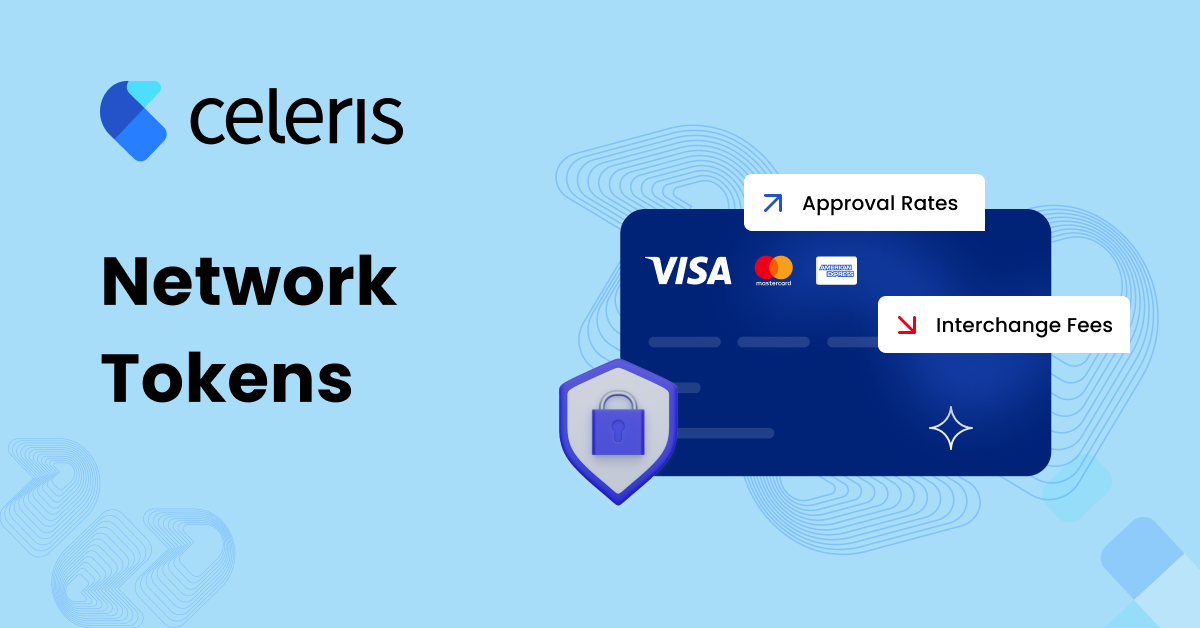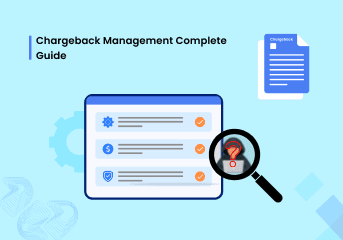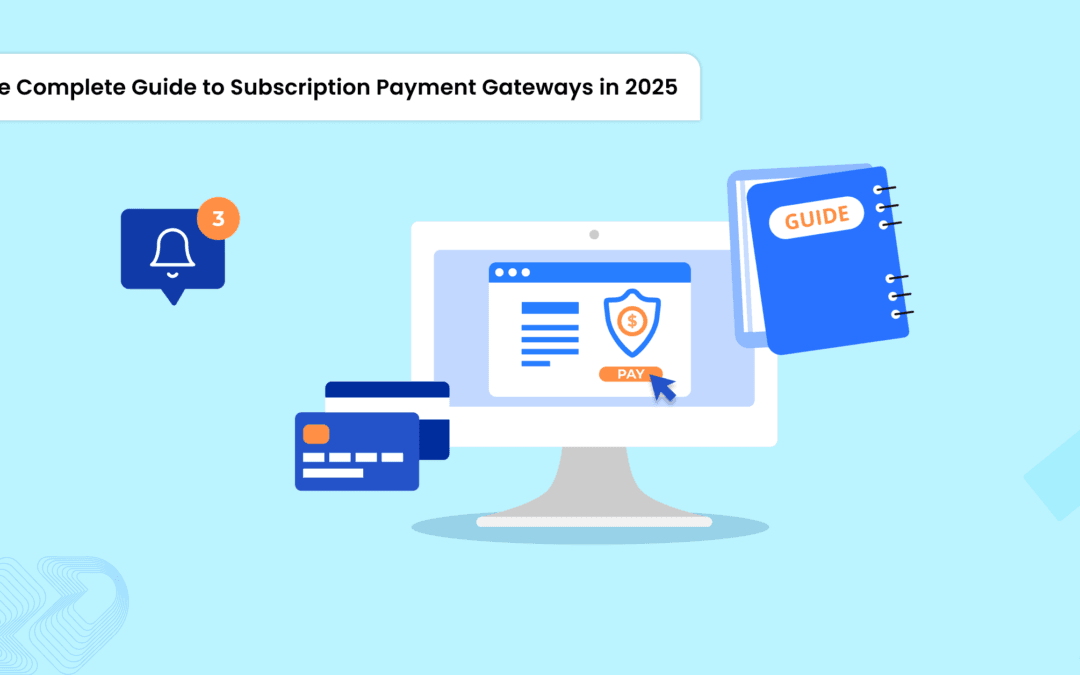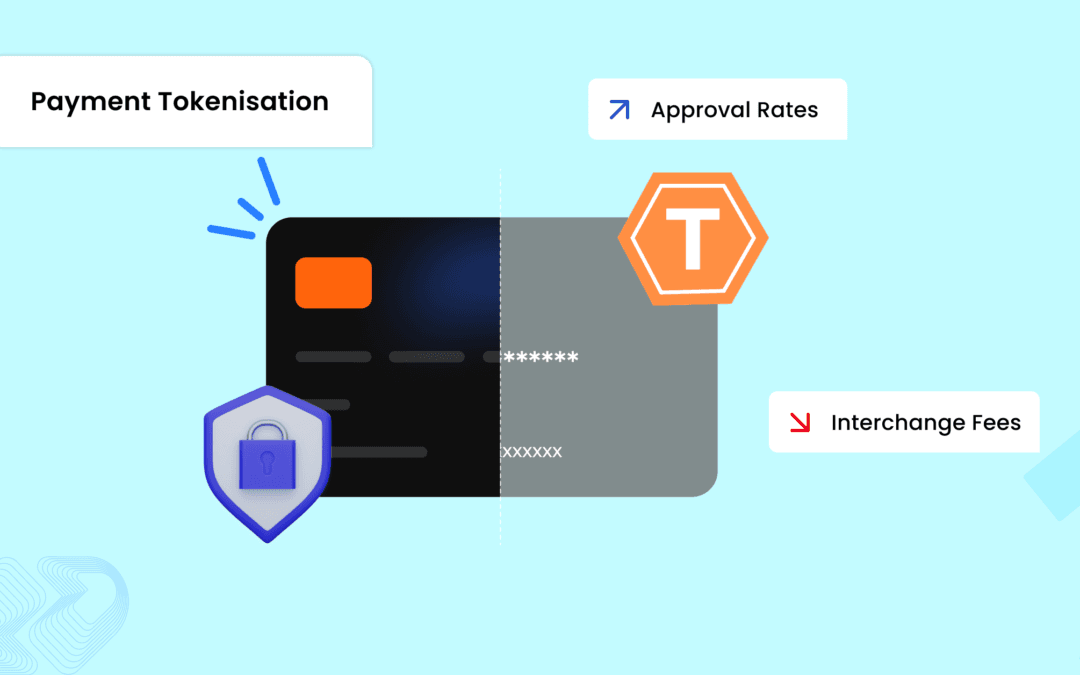Verifi specializes in dispute management, aiding sellers in revenue retention and cost reduction from banks.
How was the experience with article?
We’d love to know!
Talk with one of our payment experts
Ready to elevate your business to new heights? Schedule a call with our experts to discuss your unique needs and uncover tailored solutions. Don’t let questions linger – seize the opportunity to pave your path to success!
Winner !
Best use of data analytics, MPE 2025
Best Payments Orchestration Solution, MPE 2024
Build your business with Celeris

















